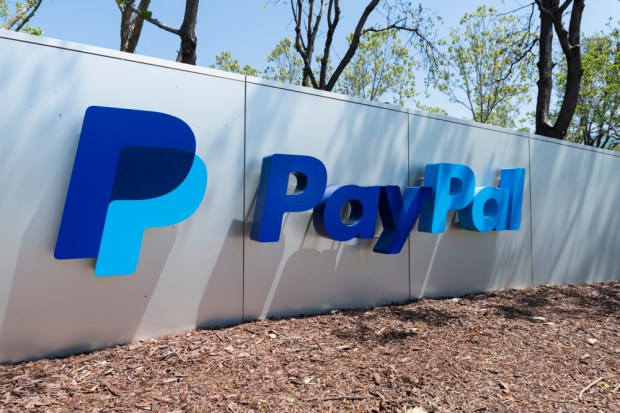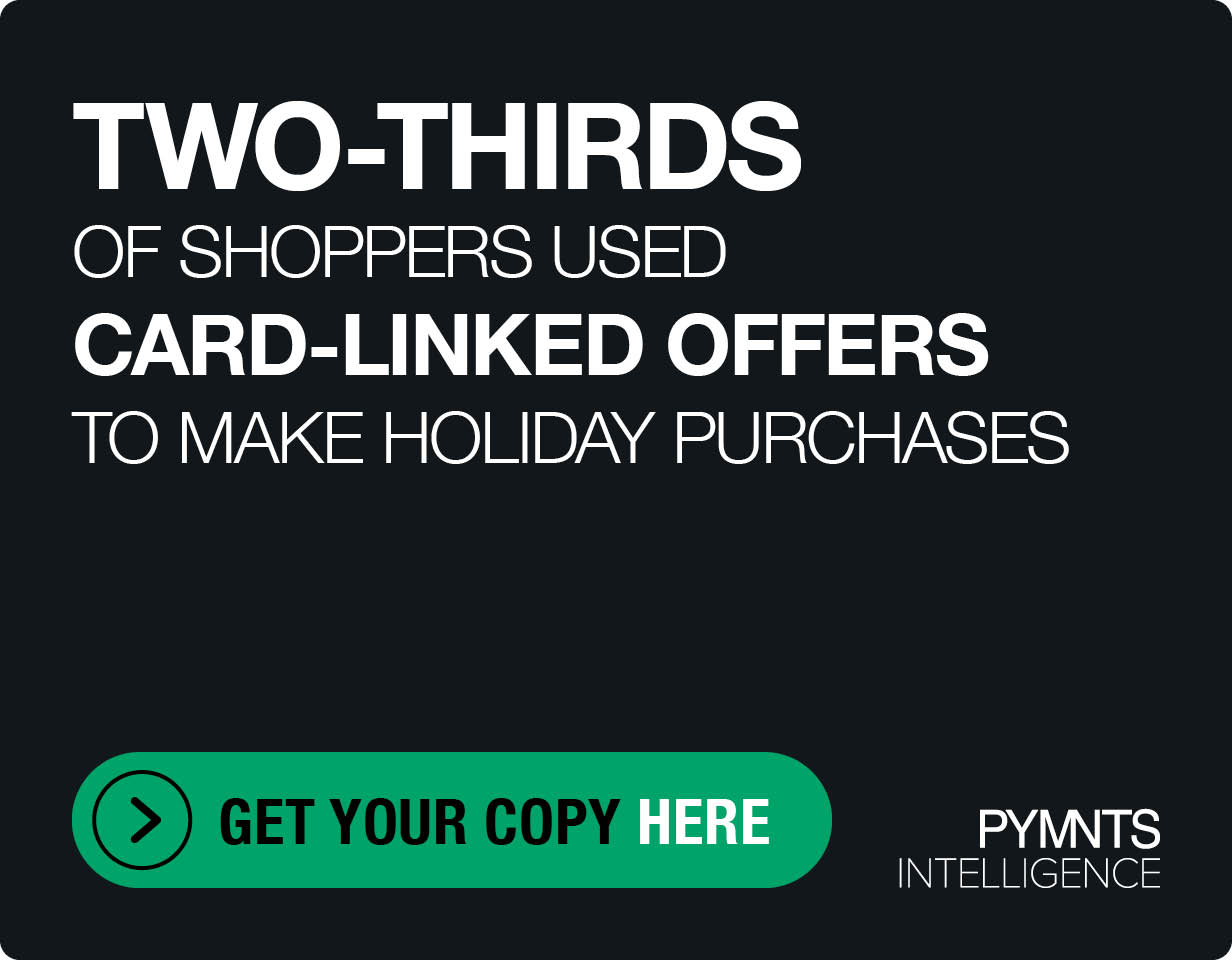Sage: Changing B2B Payments Behavior

In its latest research, business intelligence firm RFI found that most millennials in the U.K. actually trust PayPal more than they do traditional banks – at least, when it comes to managing their data. In the U.S., survey respondents agreed that new financial services from the likes of PayPal, Amazon or Google would be more exciting than new services from their banks.
While the same cannot necessarily be said about business customers, the findings do highlight the progress technology conglomerates have made in the financial services space: Traditional banks are no longer the only option for customers.
That includes corporates, too, as firms like PayPal press into the B2B payments and small business finance market – but they’re not always doing it alone.
Case in point: PayPal recently partnered with business management firm Sage to enable businesses to pay their supplier invoices with a PayPal business account. When Sage announced the collaboration late last month, the company also highlighted its own research, which found small businesses can waste up to 120 days on administrative tasks and up to 15 days on chasing late payments. Working with PayPal, the company said, could ease friction for both payers and payees in the B2B payment process, encouraging firms to pay their vendors more quickly.
In a recent interview with PYMNTS, Sage’s business development director of worldwide payments and banking, Lucy Underwood, said the PayPal integration reflects the changing payment habits of companies, just as consumer habits are changing, too.
“Checks are on the decline, as they’re costly and labor intensive to process,” Underwood explained. “Younger generations are changing consumer payment habits, with paperless options like PayPal becoming the preferred choice for providing a frictionless customer journey. This combination will be the driving force for getting businesses to adapt.”
Sage isn’t PayPal’s first foray into B2B payments. Following the company’s launch of small business lending services, PayPal partnered with small business accounting software Reckon in 2016, enabling SMBs to issue invoices with the capability for customers to settle using PayPal. Since then, the firm has struck similar collaborations with OroCommerce and Xero.
According to Underwood, PayPal’s brand awareness and steady customer trust position the firm to disrupt the B2B payments space. For vendors, that means “better cash flow management and freed-up time.” For corporate buyers, that yields “the ability to view the full reconciliation of payment” in a bird’s eye view of spend and expenses.
Despite PayPal’s steady march into the B2B market, corporate payment behavior isn’t easy to budge. The check’s continuing dominance in the U.S. B2B payments market is just one example of how difficult it can be, and how long it can take, for companies to change the ways they pay invoices.
But change is happening. A 2017 report by Credit Research Foundation and NACHA revealed technology improvements to be the second-leading force driving changing business payment practices (behind internal factors). Technology improvements surpassed encouragement from banks, and even cost, as the top driver of change, the report found.
The survey also highlighted the tug of war between vendors and customers when it comes to changing payment habits. For instance, while the majority of businesses said they wanted to be paid via ACH, nearly half said the biggest hurdle is the fact that their clients are not capable of sending payments via this rail.
PayPal will face similar challenges as it continues to venture further into business-to-business payments, Underwood said.
“[One] challenge with these new forms of payment solutions is that both the customers and businesses need to have existing accounts,” she explained, adding that addressing friction in the on-boarding process and making it as easy as possible for companies to set up a PayPal business account will be paramount to gaining traction. “PayPal and other payment service providers need to make it very simple to sign up on the spot and make payments,” she said.
The shift away from paper checks is inevitable, Underwood said.
“Ultimately, efficiencies such as cost and time saved will drive change – but it will take time,” she said. “Many companies don’t know how to go about integrating payment options into their software, and/or they don’t trust newer types of payment companies.”
For corporates, this means education is crucial to ensuring that gradual change continues. Unfortunately, according to Underwood, this is also the B2B payment industry’s largest hurdle when it comes to encouraging vendors to adopt electronic payment rails without causing disruption or added friction for their customers.
“The biggest challenge is a lack of awareness and education of the benefits,” she said. “The digital payment environment is a safe and streamlined option for making payments, but many don’t know this. Suppliers need to reinforce the benefits of using digital payment platforms: simplicity, convenience and time saved.”
Vendors have a massive incentive to integrate ePayments capabilities, particularly as it relates to the delayed payment challenges suppliers face as they wait to receive paper checks, Underwood said – a “strenuous” practice for their cash flow.
But Underwood said suppliers have to make it easy on their customers to handle this change, too.
“Increasingly, companies are moving toward digital payment options directly provided on the invoice, as it encourages speedy payment and convenience for all parties involved,” she said. “Otherwise, payees can be easily distracted by other tasks and put off paying quickly.”
